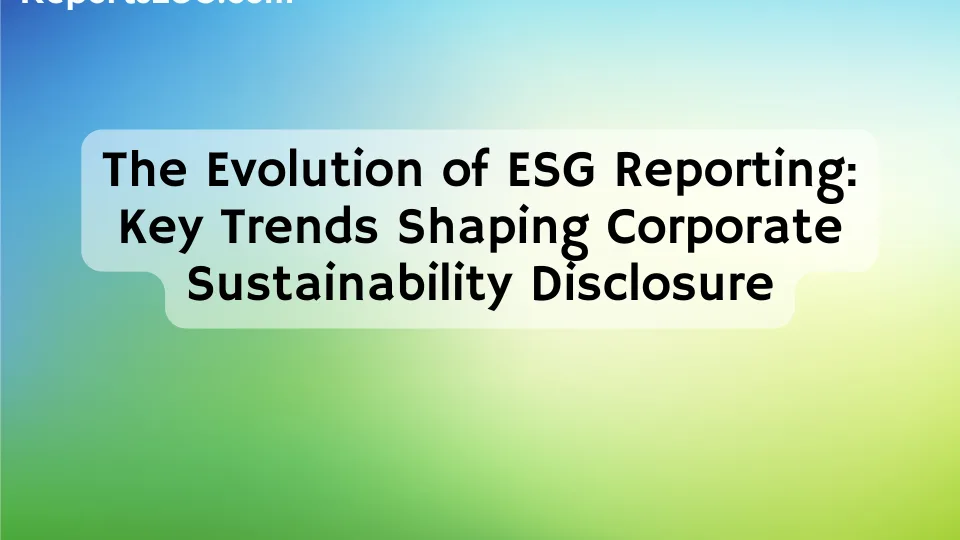markdown
ESG in Pharma: How Pfizer, Novartis, and Moderna Lead Sustainability
Introduction
The pharmaceutical industry faces mounting ESG pressures, from reducing carbon footprints in drug manufacturing to ensuring equitable global vaccine access. With high energy use in R&D and complex ethical supply chains, transparency in ESG reporting is critical. This analysis evaluates ESG disclosures from three leading pharma firms—Pfizer (US), Novartis (Switzerland), and Moderna (US)—using their 2022–2023 sustainability reports.
Featured Companies
1. Pfizer Inc. (USA, NYSE: PFE)
Report: 2022 ESG Report
Frameworks: GRI, SASB, TCFD
Highlights:
- Environmental: 16% reduction in Scope 1 and 2 emissions (vs. 2019); 100% renewable electricity in EU/US by 2025 target.
- Social: 60% diversity in manager roles; pledged $1B for global health equity initiatives.
- Governance: 38% female board representation; linked executive pay to ESG KPIs.
2. Novartis AG (Switzerland, SWX: NOVN)
Report: 2023 ESG Report
Frameworks: GRI, SASB, CSRD
Highlights:
- Environmental: Carbon-neutral operations by 2025 (achieved 70% reduction since 2016).
- Social: 44% women in senior leadership; 14.5M patients reached via access-to-medicine programs.
- Governance: Independent audits for 100% of high-risk suppliers; anti-corruption training for 100% of employees.
3. Moderna, Inc. (USA, NASDAQ: MRNA)
Report: 2022 ESG Report
Frameworks: SASB, TCFD
Highlights:
- Environmental: 92% waste diversion rate; water use reduction targets for mRNA production.
- Social: 49% underrepresented groups in US workforce; committed to not enforcing COVID-19 vaccine patents in LMICs.
- Governance: Board-level ESG oversight; 2/3 independent directors.
Comparative Insights
- Climate Action: Novartis leads in emissions reductions (70% vs. Pfizer’s 16%), but Moderna lacks absolute reduction targets.
- Social Equity: All three firms prioritize health equity, though Pfizer’s $1B pledge is the largest.
- Governance: Novartis and Pfizer disclose supplier audits; Moderna’s newer ESG program has fewer mature governance KPIs.
Frameworks & Disclosure Quality
- Best Practice: Novartis’s CSRD-aligned reporting anticipates EU regulatory changes.
- Gaps: Moderna omits GRI, limiting comparability. Pfizer and Novartis excel in detailing Scope 3 emissions strategies.
Conclusion
Pharma giants are advancing ESG transparency, with Novartis setting the benchmark for climate and governance. Investors should scrutinize:
- Scope 3 emissions (critical for 60–80% of pharma’s footprint).
- Patent policies affecting global health equity.
- Supplier ethics given API sourcing risks.
Regulators may push for CSRD adoption to standardize disclosures, especially for US-based firms like Moderna.
ESG Reports Templates
ReportsESG.com is a premium platform offering professionally designed ESG report templates and compliance tools tailored to global standards like GRI, SASB, and TCFD. Ideal for companies seeking to streamline sustainability reporting, the site also provides expert support and consulting services. Visit ReportsESG.com/shop to explore the full range of ESG templates and bundles.
